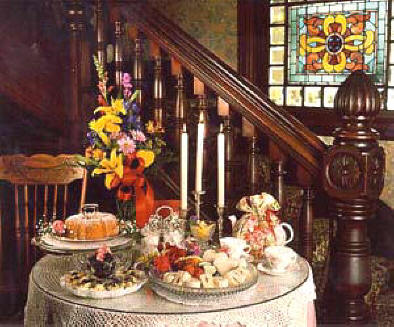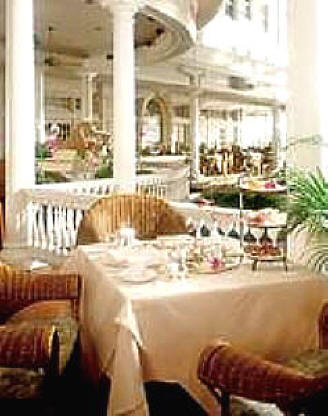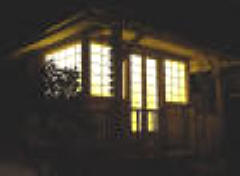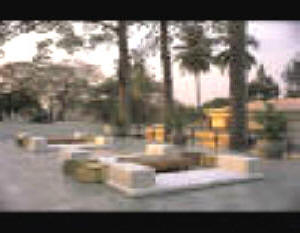|
Tea 42 4242 G Street, N.W., Washington, D.C. Serving Victorian High Tea to the left, Traditional Japanese Tea House to the right. Welcome! [BACK] (UNDER CONSTRUCTION: Last Updated - 10-05-07) |
|
|---|---|
| VICTORIAN TEAS | JAPANESE TEA HOUSE |
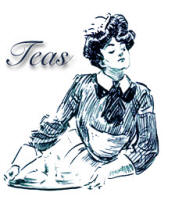 Although tea started out
as a quaint time between friends to talk, sip their tea and nibble
on a few savory morsels from the kitchen, it soon became a cultural
sensation, and with it came all the customs, rules and expectations
of English society. Although times have changed and we live in a
society whose customs and rules are far from the standards of the
strait-laced Victorians, there is something about taking tea that
tends to tame our often impolite, uncivilized nature and draw us
back to the days where we treated one another with kindness and
consideration. It is in that spirit that we frequently turn to the
rules of society to govern our actions and refresh us in the ways of
common courtesy. Although tea started out
as a quaint time between friends to talk, sip their tea and nibble
on a few savory morsels from the kitchen, it soon became a cultural
sensation, and with it came all the customs, rules and expectations
of English society. Although times have changed and we live in a
society whose customs and rules are far from the standards of the
strait-laced Victorians, there is something about taking tea that
tends to tame our often impolite, uncivilized nature and draw us
back to the days where we treated one another with kindness and
consideration. It is in that spirit that we frequently turn to the
rules of society to govern our actions and refresh us in the ways of
common courtesy.
(excerpts credited to: http://www.seedsofknowledge.com/etiquette.html ):
The left side of Tea 42 hosts both an indoor Victorian Tea Parlour, and an outdoor Victorian Garden tea experience, with gardens that are accessed by both sides of the establishment, and a roof terrace for both styles of tea service.
|
Accidental Discovery of Tea
In 2737 BC, legend has it that leaves from a tree dropped into
Emperor Shen Nung's cup of boiling water. The servant had boiled the
water for hygienic reasons before the emperor was to drink it. But
this time the water was turned brown by the wayward leaves. Being a
scientist, the emperor was curious and decided to try some of this
new liquid. He found the liquid aromatic and refreshing. Since that
serendipitous beginning, tea has been part of many cultures down
through the years. (From www.enjoyingtea.com ) The Japanese teahouse, in Western terms, often refers to a small structure in the garden where one can retreat to enjoy a beverage and light snack while overlooking a small stream or pond.
The right side of Tea 42 hosts both an indoor and an outdoor Japanese tea experience, complete with gardens that are accessed by both sides of the establishment, and a roof terrace for both styles of tea service.
|
